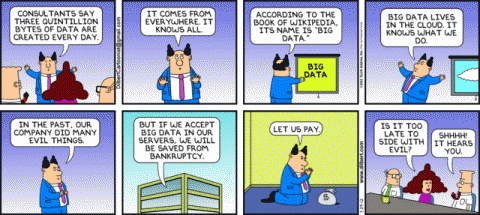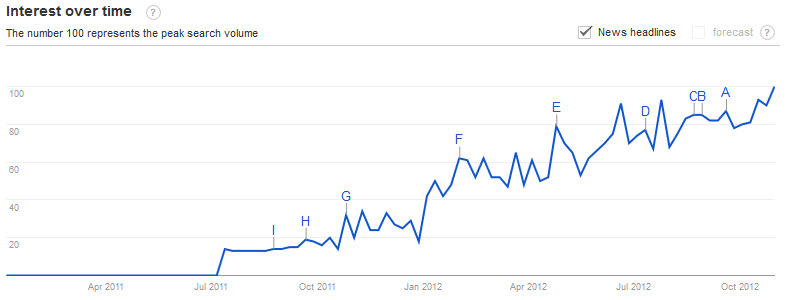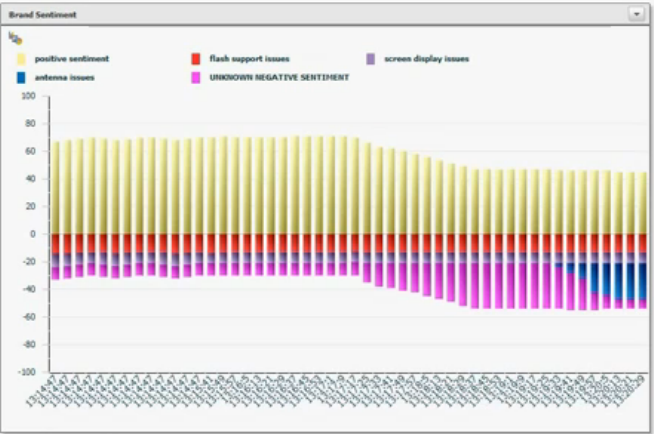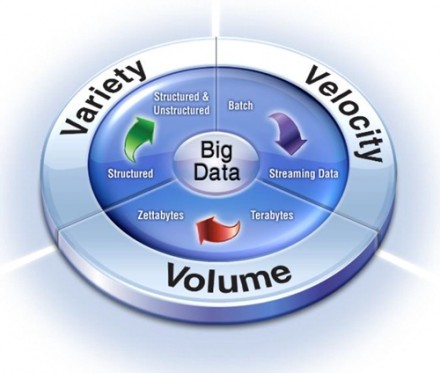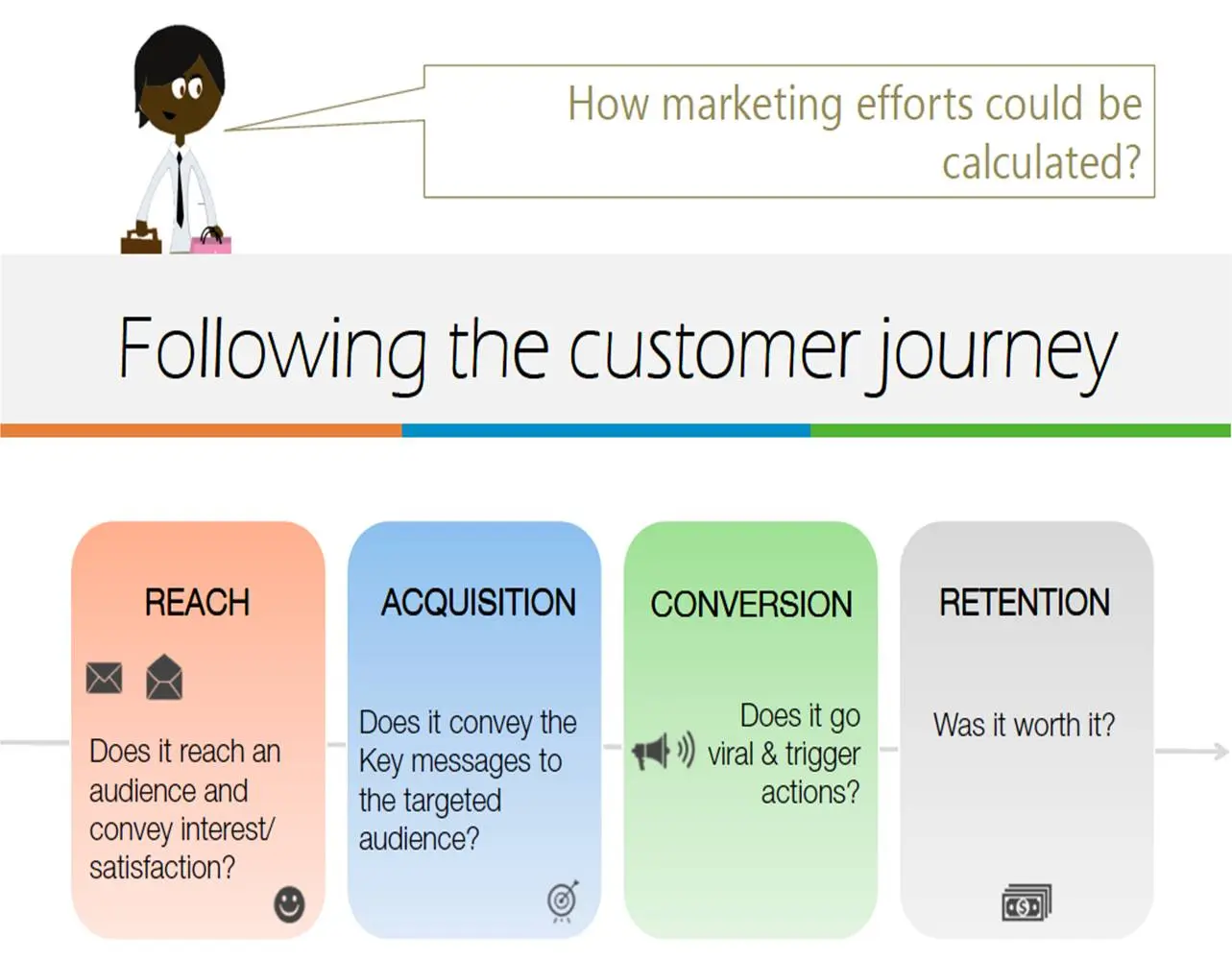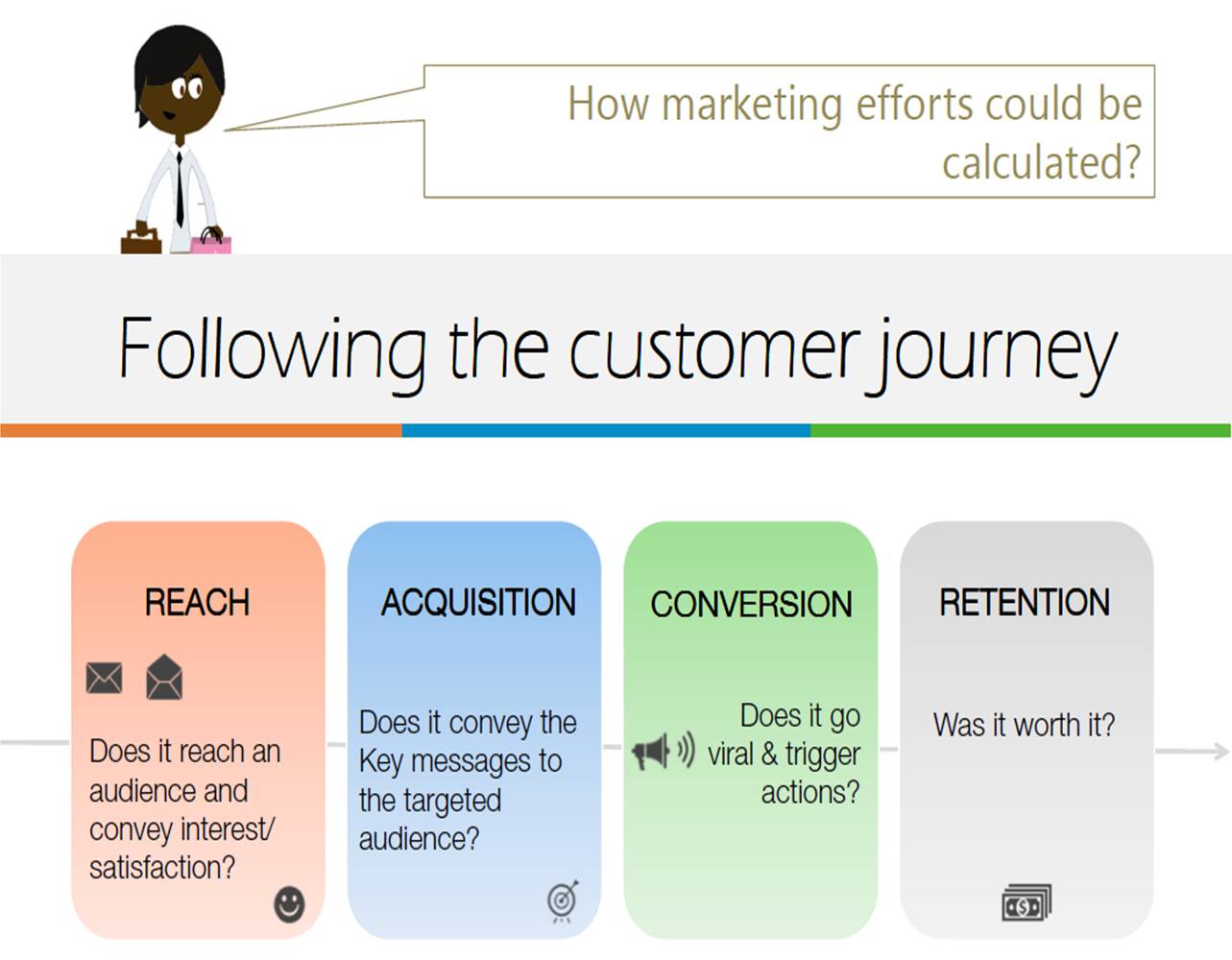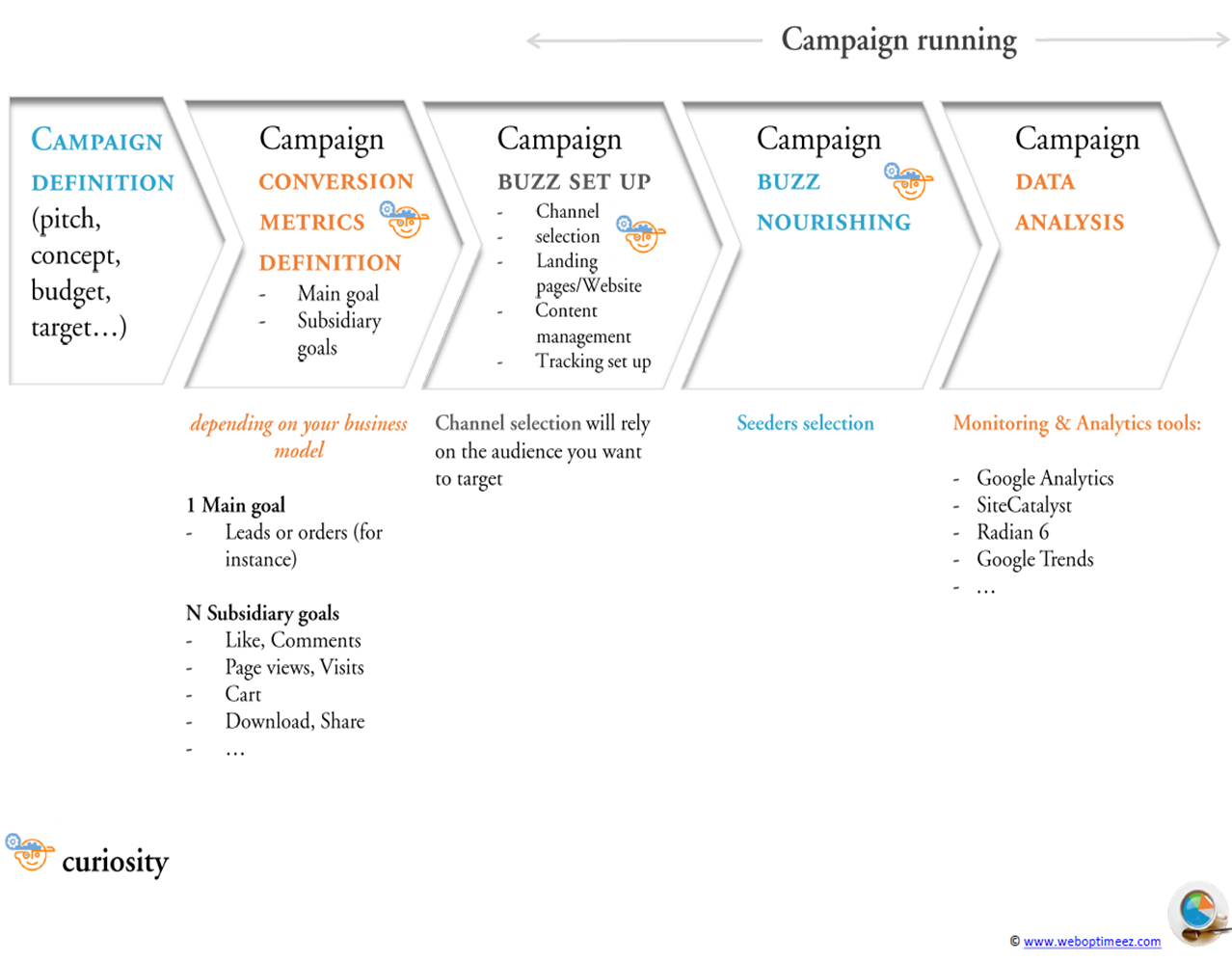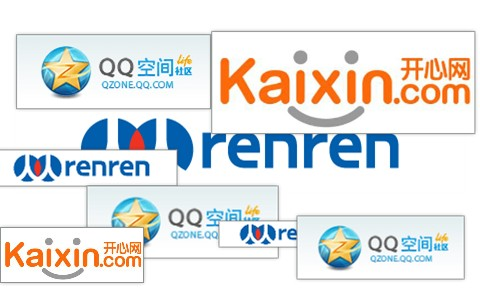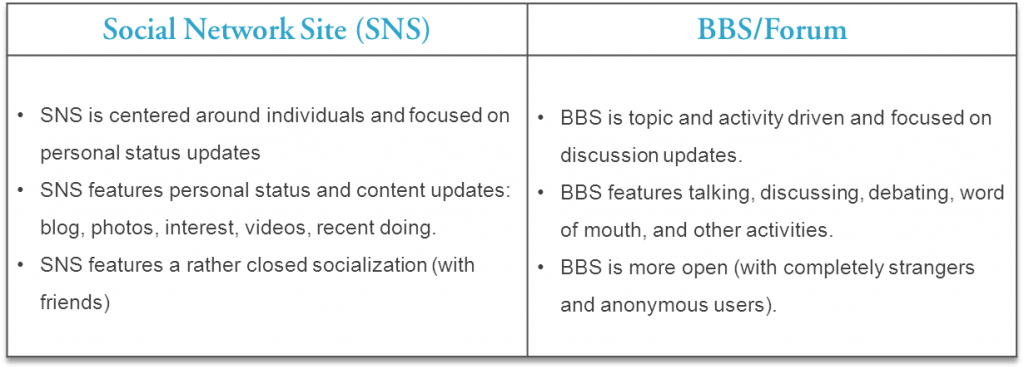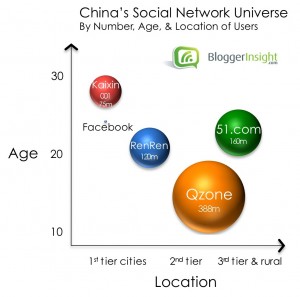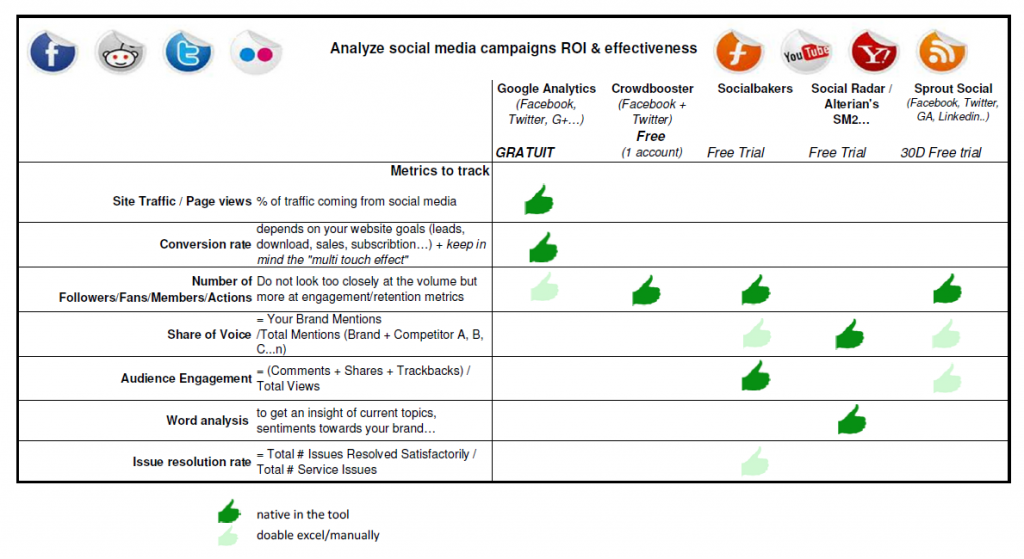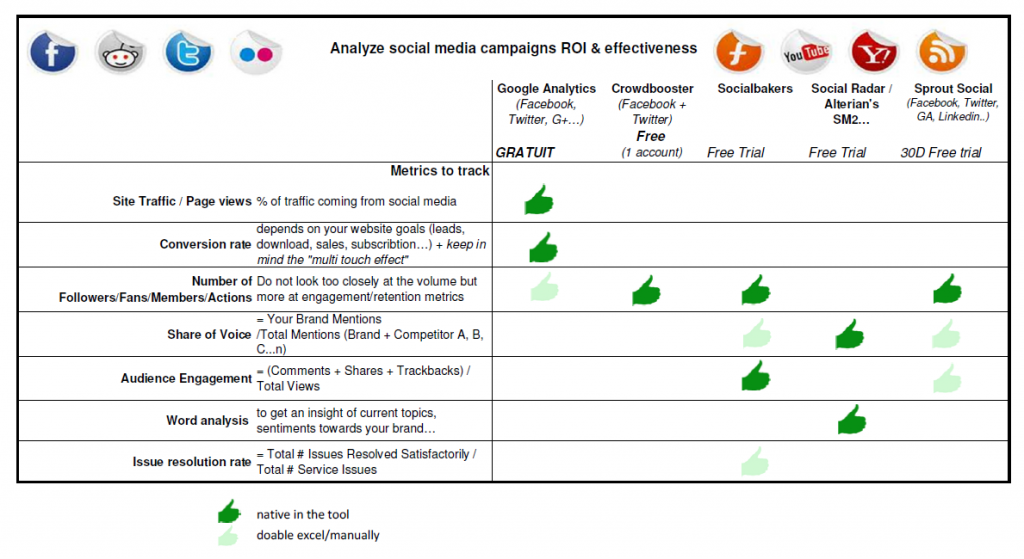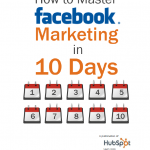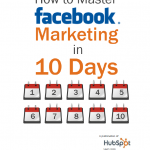What is Big Data Analytics ? How is it related to user experience, business decision making… ? How much big is BIG? What about real-time analytics ?
What’s all the fuss about?
Big Data, quick definition & history:
First of all, it’s not as if I was totally out of date, the buzzword, concept or whatever is still pretty new – that’s a relief! As you can see below “big data analytics” searches and interest is still growing over time and appeared approximately one year ago.
However it would not be accurate to say that it’s a new concept, it’s more like a reaction to how we treat and receive information nowadays compared to few years before. Technology and Digital media’s evolution enabled a lot of new possibilities and Big Data analytics is addressing them.
Professional, Analyst or IT people will speak about Big Data analytics when there is too much data to analyze them in a standard way and that you don’t even know how much of those data are useful or not, when there is so much various data sources that it’s becoming really complex to be able to get useful insight from them and finally when your business requires to be listening to your customer in a more immediate way. In summary 3 components: Variety, Velocity and Volume (I’ll come back to this 3 keywords later on this post).
From a Business oriented point of view, Big Data Analytics is today a necessity for companies which have access to a tremendous amount of information about their prospect/client/customer… but do not take advantage of it because they are overwhelmed by those data. Today most companies will try to understand those data but at-rest, they will produce reports quarterly or monthly and rely on those reports to adjust their marketing mix / communication towards their customers. It’s always good to look backward to take decision but it’s even better to take a decision looking backward and forward. Twitter data source is one of the best example to illustrate how powerful Big Data Analytics can be: you can’t be listening to your customer sentiment 3 months after the launch of a new product and considering the amount of tweets it could represent your datawarehouse would not support that. So you would take 20% of those data and analyze them 1 month or so after – which has to be done. But you could also, analyze in real time how your customer sentiment towards this supposed launch is trending.
IBM Cognos Real-time Monitoring does a really good job about this: (I am sure other do as well, it’s just that Big Data University – that I attended online – is IBM sponsored, easier for me to get all my source in the same place 🙂
What defines Big Data : Variety, Velocity and Volume
The origin:
2001 Note Reasearch from Doug Laney (Research vice president for Gartner Research)- 3-D Data Management: Controlling Data Volume, Velocity and Variety
Variety
- because Big Data is referring to
multiple and disparate data sources
- as long as they can be stored on a computer and “digitalized”: Facebook status, tweets, images, camera feeds, credit-card transactions, consumer purchasing histories, climate information, GPS location etc.
Velocity
- because Big Data is referring to
data
- at-rest but more especially
in motion
- , and that’s where you can and would take advantage of it: the more quickly you can see a threat, analyze an information about your customer, detect a new trend, the better you can make a competitive advantage of it.
Volume
- because Big Data is BIG, I mean referring to huge volume of data. How big is BIG then… According to IBM we are talking about
terabytes—even petabytes—of information
- (e.g. Walmart handles more than
1 million customer transactions every hour
- , which is imported into databases estimated to contain more than 2.5 petabytes of data). And now technology enable us to stop sampling to analyze data and use every data we have!
Will Big Data rescue us all…
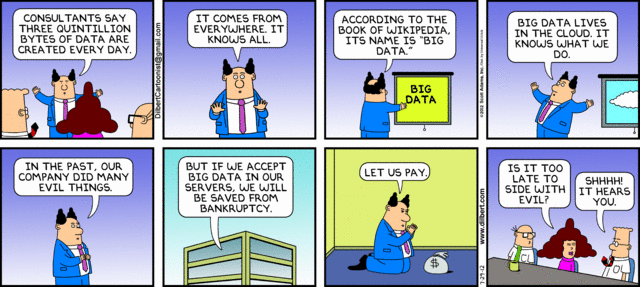
1 or 2 things I would keep in mind when speaking about Big Data:
- Big Data Analytics at-rest and in motion, will not replace classic Data Analytics. It’s just a “super” layer and a new feature to answer new challenges as helping businesses find direction within the noise. The challenge is still the same
find useful data to analyze and act about it
- . Have a look in here, Deloitte’s ebook “
Big data matters- except when it doesn’t
- ” elaborate on advantage of both Small Data Analytics & Big Data Analytics : 2 complementary disciplines (p8 & 9).
Big Data analytics in a digital marketer / BI / analyst… everyday life
Big Data Analytics is often referred as a challenge for company & analyst.
Indeed, it’s a pretty huge challenge to be able to dig out relevant insights within enormously huge amount of data available and .
Few links to help in our everyday life:
– Big Data University: it’s indeed promoted by IBM but there is a lot of stuff very interesting to get a first impression of what is Big Data & you can even get a nice certificate if you take some online courses.
– A list of vendors and tools (free or not) to address multiple Big Data challenges: analyze things like tweets, payments, and check-ins for online publishers and web companies, create gorgeous charts and maps for free & pretty easily if you know how to use Excel for a start (e.g. Tableau which is a very cool tool), storing and processing gargantuan volumes of data…
– Social Media dedicated Big Data platforms: Sysomos, Brandwatch…
Thanks for reading me so far 🙂
Feel free to share your thought, freebies and else!
